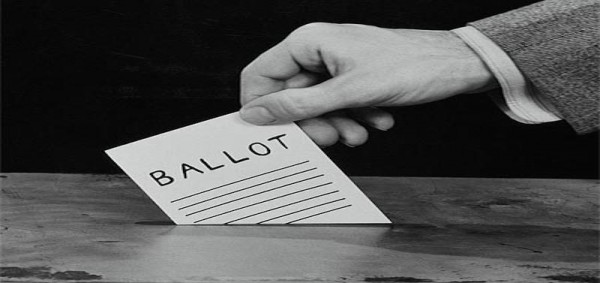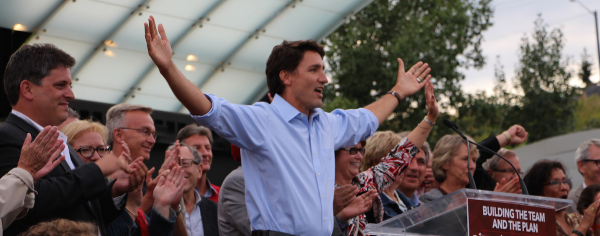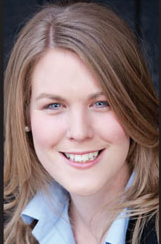“Young people don’t vote,” is a common refrain heard in Canadian politics and until recently, low voter turnout by younger voters supported that claim. The recently released National Youth Voter Survey conducted by Elections Canada following the 2015 federal elections suggests that things may have changed.
According to Elections Canada data, turnout among voters aged 18 to 24 in Alberta jumped from 33.7 percent in the 2011 federal election to 59.5 percent in the October 2015 vote. Turnout among voters aged 24 to 34 jumped from 37.8 in 2011 to 58.2 percent in 2015.
The survey also asked young Canadian voters about their main sources of information about the election, which revealed some interesting numbers.
A significant percentage identified social media as their main information source:
- 18-22 year olds: 22 percent
- 23-29 year olds: 19 percent
- 30-34 year olds: 15 percent
- 35+ years old: 7 percent
Media websites, blogs and other online sources were also a significant source of information:
- 18-22 year olds: 18 percent
- 23-29 year olds: 28 percent
- 30-34 year olds: 22 percent
- 35+ years old: 19 percent
Television was less of a notable source of information among younger voters:
- 18-22 year olds: 16 percent
- 23-29 year olds: 17 percent
- 30-34 year olds: 26 percent
- 35+ years old: 37 percent
A much, much lower percentage identified newspapers and magazines as their main source of information:
- 18-22 year olds: 4 percent
- 23-29 year olds: 6 percent
- 30-34 year olds: 7 percent
- 35+ years old: 16 percent
While there is little doubt that the mainstream media has had a decline in readership over the past decade, I suspect that newspaper websites and links to mainstream media websites would have also been included in the social networking and website categories of this survey.
Voter turnout in Alberta increased in nearly every category in the 2015 election compared to the 2011 election:
- 18-24 voter turnout rose from 33.7 percent in 2011 to 59.5 percent in 2015.
- 24-34 voter turnout rose from 37.8 percent in 2011 to 58.2 percent in 2015.
- 35-44 voter turnout rose from 48.8 percent in 2011 to 61.5 percent in 2015.
- 45-54 voter turnout rose from 59.8 percent in 2011 to 65.5 percent in 2015.
- 65-74 voter turnout rose from 72.2 percent in 2011 to 76.5 percent in 2015.
- 75+ voter turnout was in 66.6 percent in 2011 and 66.6 percent in 2015.
A full description of the methodology used to conduct the National Youth Voter Survey can be found on the Elections Canada website.




